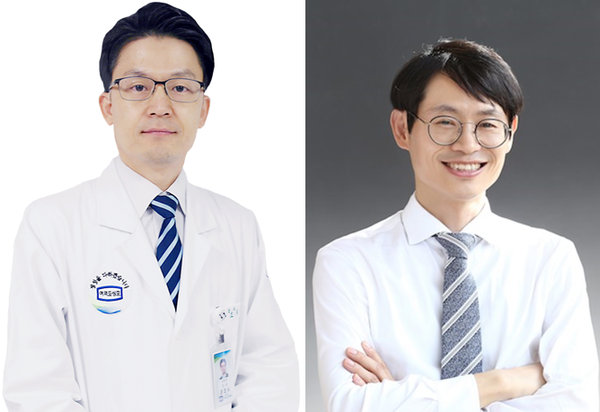Local researchers have developed and proved the accuracy of a technology that can decipher the eyelid’s meibomian gland image using artificial intelligence.

In the past, ophthalmologists measured meiboscore in degrees, a subjective reading method that lacks accuracy and reproducibility.
Breaking away from the previous method, a research team of the Catholic University of Korea Yeouido St. Mary’s Hospital made a quantitative analysis of meiboscore using the big data of meibomian gland image secured by Yeouido St. Mary’s Hospital and deep learning technology from Gwangju Institute of Science and Technology (GIST).
Professor Hwang Ho-sik of the Department of Ophthalmology at the Catholic University of Korea Yeouido St. Mary’s Hospital and Professor Chung Eui-heon of the Biotechnology Department at GIST led the study, according to the hospital.
The research team marked the eyelid and meibomian gland areas from 1,000 meibomian gland images, and two xerophthalmia medical specialists measured the meiboscore. Then, the researchers made the GIST’s deep learning model study 800 images, comparing and analyzing the reading results of deep learning and medical specialists.
As a result, the deep-learning model had the edge over specialists reading in meiboscore accuracy with 73.01 percent vs. 53.44 percent.
When the researchers compared the results of the deep learning model to that of medical specialists to prove reproducibility, the deep learning model also showed higher accuracy.
“Because we made the deep learning model using data at devices that filmed meibomian gland, medical professionals can apply it to diagnosing and treating dry eye syndrome immediately,” Professor Hwang said. “We will continue the joint research with GIST with the aim of a prospective study to evaluate the clinical efficacy and commercializing the state-of-the-art medical device.”
The research was published in the June online edition of Ocular Surface (impact factor of 6.268), an international academic journal for ophthalmology.

